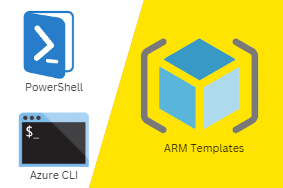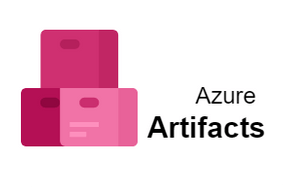Microsoft has been playing around with the idea of bringing cloud computing to on-premises datacenters for quite some time now, but it took them several attempts to finally get something working. Azure Stack, Microsoft’s latest attempt to put the power of the Azure public cloud in your own datacenter, has received some very positive reviews so far and the first commercial offerings based on this technology are set to arrive later this year.
What is Azure Stack?
Though it has yet to be officially announced, Microsoft has slowly been making Azure Stack more of a reality. It’s really exciting, said Scott Guthrie, executive vice president of Cloud and Enterprise at Microsoft, during his keynote address at Inspire. We believe that within a few short years, we’ll have millions of cloud developers with their own little clouds running inside their businesses. There are plenty of questions remaining regarding Azure Stack and how it will interface with regular Azure—questions that won’t be answered until later in 2017 when more about Azure Stack is revealed. But for now, here’s everything we know about Microsoft’s infrastructure as a service (IaaS) offering that some say can bring true hybrid cloud capabilities straight into your business.
How Does it Work?
Azure Stack is a new hybrid cloud solution which helps organizations seamlessly deploy Azure services in their own datacenter. The idea behind it is that it will eliminate some of the complexities found when working with traditional public or private clouds, providing an improved experience for developers and operators alike. It’s worth noting that using Azure Stack doesn’t necessarily mean that you’re foregoing a public or private cloud option. Rather, it allows enterprises to mix and match these services within their own datacenters, giving them flexibility when choosing how they want to use Azure services within their existing infrastructure. For example, if you need more computing power than what’s available from your local Azure Stack installation, simply spin up additional instances in Microsoft’s public cloud while making sure they integrate seamlessly into your private infrastructure.
Market Trends
Microsoft has a big week on its hands as it releases more details about two key products: Azure Stack and a toolset designed to help developers transition from Windows Server 2003. On Monday, Oct. 3, Microsoft announced that its new Azure cloud platform will be available in 42 regions (up from 21), across 19 countries (up from 14). It also released pricing information for Azure Reserved Instances, which offer customers more flexibility than just buying one-year agreements on virtual machines. Meanwhile, Microsoft unveiled its latest plans for Windows Server 2003’s successor in an event in New York City on Tuesday. It launched a preview of Azure Migration Tools, which are intended to help companies move off of their old servers running Windows Server 2000 and 2003.
The Competition
There are already several cloud-services providers in existence, so Azure will face stiff competition. On one end of the spectrum, we have Microsoft’s biggest rivals: Amazon Web Services (AWS) and Google Cloud Platform (GCP). Both AWS and GCP offer a full suite of computing services—compute, storage, database, analytics—in both public and private deployment options. Amazon is well known for its robust set of offerings as it’s been in business for over 15 years and was one of the first companies to put compute services into a reliable and scalable service. However, Microsoft’s Azure is becoming increasingly popular due to its lower costs than AWS and ability to be more nimble with implementations.
What’s Next for Azure Stack?
Microsoft’s plan for Azure Stack is straightforward: At some point, Microsoft wants you to use Azure-as-an-infrastructure (i.e., as an on-premises data center resource) as seamlessly as you’re using Azure today from your own datacenter. It looks like a chicken and egg situation, but it really isn’t. For Microsoft, it’s about getting Azure Stack out into organizations so that it can start feeding some of its cloud services back into those same enterprises at scale—and begin making real money off of them in a significant way.



0 Comments